Diaries, Notes, and Sketches (1969)
Género : Documental
Tiempo de ejecución : 3H 0M
Director : Jonas Mekas
Sinopsis
An epic portrait of the New York avant-garde art scene of the 60s.

One of the very few films made by Etienne O'Leary, all of which emerged from the French underground circa 1968 and can be very loosely designated 'diary films.' Like the contemporaneous films by O'Leary's more famous friend Pierre Clementi, they trippily document the drug-drenched hedonism of that era's dandies. O'Leary worked with an intoxicating style that foregrounded rapid and even subliminal cutting, dense layering of superimposed images and a spontaneous notebook type shooting style. Yet even if much of O'Leary's material was initially 'diaristic,' depicting the friends, lovers, and places that he encountered in his private life, the metamorphoses it underwent during editing transformed it into a series of ambiguously fictionalized, sometimes darkly sexual fantasias. - Experimental Film Club

A woman walks, loves, eats and washes herself, dances. It all takes place in a bedroom. At times flashbacks, or visualizations of previous or following scenes. Unless her life in the bedroom becomes an obsession, she lives through the other scenes.

Homeo is a mental construction made from visual reality, just as music is made from auditive reality. I put in this film no personal intentions. All my intentions are personal. I’ve made this film thinking of what the audience would have liked to see, not something specific that I wanted to say: what the film depicts is above all reality, not fiction. Homeo is, for me, the search for an autonomous cinematographic language, which doesn't owe anything to traditional narrative, or maybe everything. Cinema is, above all, part of a way of life which will become more and more self-assured in the years and century to come. We are part of this change, and that’s why I tried in Homeo to establish a series of perpetual changes, in constant evolution or regress, which tries, above all, to focus on things.

A compilation of over 30 years of private home movie footage shot by Lithuanian-American avant-garde director Jonas Mekas, assembled by Mekas "purely by chance", without concern for chronological order.

Jamie (Kay Panabaker) es una chica de 14 años que se siente insegura de sí misma, y su entorno no la ayuda demasiado. En casa está rodeada de fotos de chicas con físico perfecto, y en el colegio hay un grupito que la molesta con comentarios sarcásticos. Jamie descarga todas sus frustraciones en su diario, en el que inventa las aventuras de una superheroína que ella misma ha creado y que es su alter ego. Todo cambiará cuando un editor lee este diario y decide publicarlo.

Film dividido en tres episodios, que refleja la vida y opiniones de Nanni Moretti. «En mi Vespa» es una aproximación a la vida cotidiana de Roma durante el mes de agosto; en "Islas" visita a Gerardo, un amigo que lleva once años viviendo en Lipari; juntos recorren otras íslas como Salina, Stromboli, Panarea y Alicudi. En "Médicos" el director rueda su propia quimioterapia y su recorrido por hospitales y especialistas incapaces de diagnosticarle la causa de unos insoportables picores.
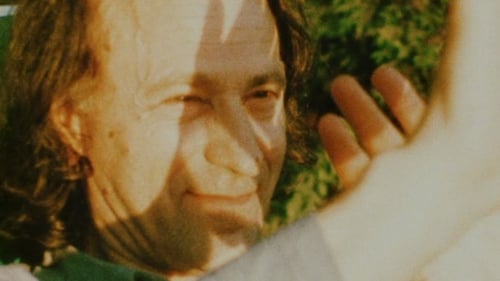
A film collage tracing the story of the lives, loves, and deaths within the artistic community surrounding Jonas Mekas.
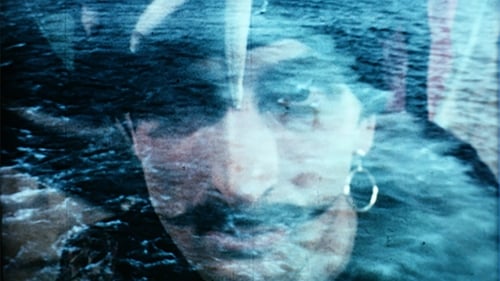
Ron Rice's Chumlum is one of those films in which the conditions of its construction are integral to the experience of watching it. It is a record of a cadre of creative people having fun on camera, playing dress-up, dancing, flirting, lazing around.

A Different point from the eyss of Yuval Shamshins's life, in the modern days of the Covid-19. The movie is built upon the small moments of life, full of Metaphors and Images in order to built a cinemathic perspective.
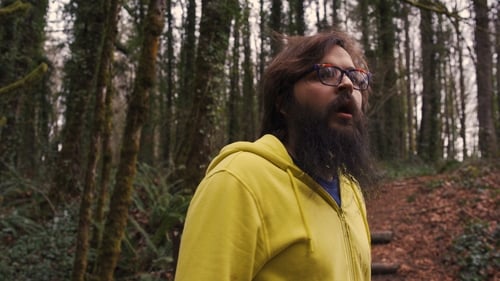
A man suffers from the effects of a mysterious psychedelic in a seemingly endless forest.

Vivi finds herself in a mysterious world and must face an ominous Queen to unlock the secrets of this mystical world, as well as her own existence. Under the Rainbow is a psychedelic dark fantasy/horror adventure.

Jonas Mekas adjusts to a life in exile in New York in his autobiographical film, shot between 1949 and 1963.

A creative director of an Advertising Agency, going through an experience that he has never encountered before, where time has stopped.
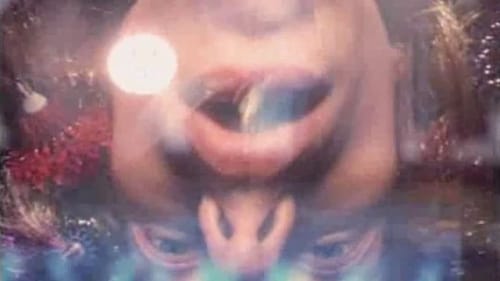
Over the course of more than fifteen years, Clémenti films a series of intimate diaries, starting from daily encounters. In La deuxième femme, we see Bulle Ogier and Viva, Nico and Tina Aumont, Philippe Garrel and Udo Kier, a performance by Béjart, a piece by Marc’O, concerts by Bob Marley and Patti Smith (not always recognisable)... It’s like a maelstrom of psychedelic images that are passed through a particle accelerator.

"Chronicles of the Present Times" - An experimental trilogy comprising 'Visa De Censure No.X', 'Livre De Famille' and 'Anima Mundi'. New Old flows together footage from more than a decade of his wandering between scenes, sets, and drugs, an accelerated world tour through various iterations of the counterculture.
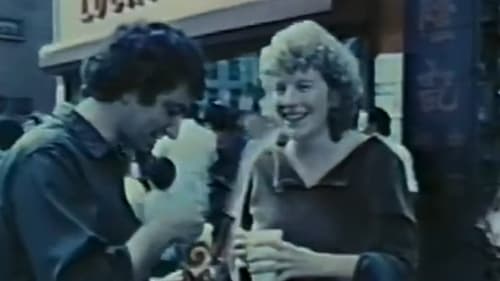
Filmmaker Jonas Mekas films 160 underground film people over four decades.

Footage from summer of 2018 that explores the passing of time regarding the little things in life.

The comings and goings of the late underground filmmaker, Curt McDowell—and the people and activities that came and went along with him—are the themes that run through this existential diary of daily life. McDowell was dying from AIDS-related illnesses during the production of the diary. “An elegy for McDowell, the videowork captures Kuchar’s mournful remembrances of his long-lasting friendship with the young filmmaker. But it also has the inquisitive charm, perverse humor, and quirky candor that places Kuchar’s visual expressions in a gritty niche all their own.”

A short documentary by Jim McBride.
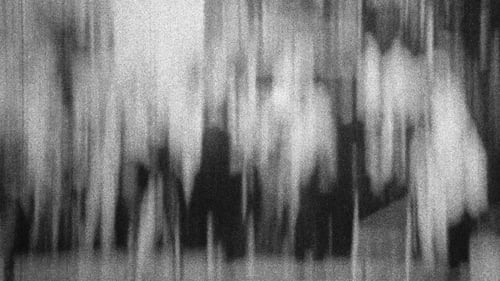
An experimental feature made by rephotographing the 1905 Biograph short Tom, Tom, the Piper's Son.

An examination of the history of the U.S. through archival footage and contrasting views of society, incorporating audiovisual material ranging from political campaign films to animated cartoons to children’s phonograph records, featuring Al Jolson, Mickey Mouse, the young Jack Smith, and a half-dozen American presidents.

Short film of 7 sections with each one using a different experimental film technique.

A darkish journey down memory lane, to visit some news events, folkways and thought patterns associated with the late forties and early fifties. The film is also concerned with such perceptual phenomena as color-space, "false tones" caused by varying black-white alternations of simultaneously seen rhythms set up by multiple repetitive actions, and the use of image outlines as "containers" for other imagery. Sort of a working notebook, which is continued in EASYOUT and DOWN WIND.

A film diary in which Perlov films the minutiae of his and his family's day-to-day life. From these small bits, he builds up a broad picture of life in Israel in the '70s and '80s.

Anna, an artist, is obsessed with the invasion of alien doubles bent on total destruction. Her schizophrenia is reflected in the juxtapositions of long movie camera takes with violently edited montages: private with public spaces; black & white with colour, still photographs with video, earsplitting sounds with disruptive camera angles. Anna uses her body like a map; after a devastating quarrel with her lover, she paints red stitches on herself. Watching their scenes together, we realize how seldom, if ever before, the details of sexual intimacy have been shown in film from the point of view from a woman. Export privileges rupture over unity and never settles for one-dimensional solutions

A short film documenting what was referred to as "The International Poetry Incarnation". It was billed as Great Britain's first full-scale "happening", with the world's leading Beat poets together under one roof at the Royal Albert Hall on June 11, 1965, for an evening of near-hallucinatory revelry. It came to be seen as one of the cultural high points of the Swinging Sixties.

Structured in visual chapters: the port, anchors, the wind, the spray, the dunes, the North Sea… A series of images that need no anecdote or explanation. Storck offers a glimpse of Ostend, aspects that order its multiple constitutive elements; The water, the sand, the waves, vital cinematic language displayed in simple pictures. A poetic and kinetic shock, without fiction or sound, which relieves film from its narrative obligation and restores it to the world of sensations that it can alone carry.

Dekeukeleire's film evokes the notion of impatience via fragmented images of a revving motorcyle, a woman's expressions, and roads of a mountainous landscape.

The film is a text in which each shot is a single word, tightly-framed white letters against a black background.

Eureka (1974), which lyrically re-photographs a travelogue shot from a San Francisco streetcar, offers the purest expression of Gehr’s deep love of early cinema as a source of a joyous formal inventiveness-- changing its length from 5 to about 38 minutes.

Un artesano construye una armónica de cristal, cuyo sonido extrae los sentimientos más bellos de los hombres. Viaja a una ciudad donde la gente está obsesionada con el dinero, pero un burócrata rompe la armónica de cristal, lo que conduce al caos y, finalmente, a la reforma social. (FILMAFFINITY)

This story is built up with filmed documents in an experimental fashion.
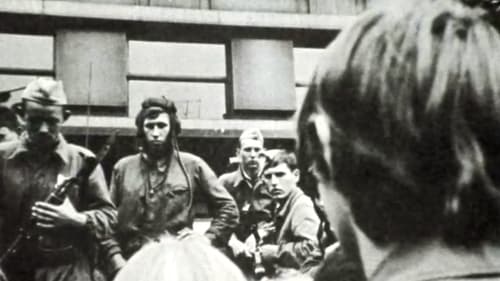
Filmed clandestinely in Czechoslovakia on 16mm. It's one of the films Godard made with the Groupe Dziga Vertov - a Marxist film about the political situation after the '68 revolution.

Dutch documentary filmmaker Joris Ivens follows the course of the famous wind as it originates in the Alps and finds its way to the Mediterranean Sea. Natural sounds and creative camera work provide a mood film showing the effect of the fury of the wind on the life of southern France.

A poetic ode to the River Seine, Ivens' distinguished camera eye surveys its lively banks and step-stone canals with a vérité candor, a beguiling elan.

A comic and episodic satire, the film uses improvisation to illustrate the clash between fantasy and reality in real life. Although conceived in the style of Mekas’ “Hallelujah the hills” (1962), it’s an authentically Israeli satire, an openly rebellious and individualistic expression that poked fun at the sacred myths of earlier zionist films. The technique of film within the film is used to portray cinema as reflection of the imagination, a miracle based on dreams and fantasies that take on concrete characteristics – parallel to the miracle of Israel, the dream that has become reality. Although not a commercial success, its importance is beyond any measure, though it remains a unique experiment, boldly uncommercial and subversive, out of any context in that patriotic, ideological epoch.
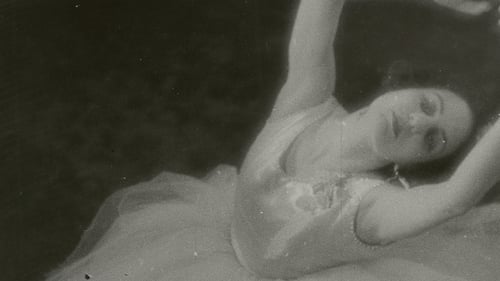
I evoke a dancing woman. A woman? No. A bouncing line with harmonious rhythm. I evoke a luminous projection on veils ! Precise matter! No. Fluid rhythms. Why should one disregard, on screen, the pleasure that movement brings us in the theatre? Harmony of lines. Harmony of light. Lines, surfaces, volumes evolving directly, without the artifice of evocation, in the logic of its forms, dispossessed of any overly human sense, allowing an elevation towards the abstract, thus giving more space to sensations and to dreams : integral cinema. —Germaine Dulac
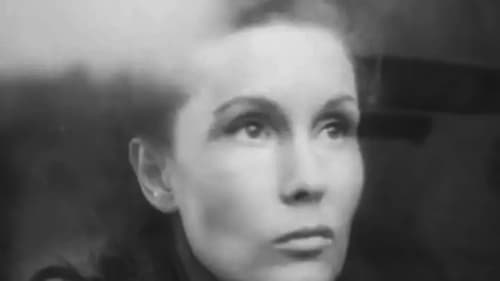
A woman waits for her husband, a woodcutter, during long lonely days. She becomes weary and leaves him to live with her sister. He takes the news with a look of resignation, but the next day she returns to wait for him again.

"My first film, THE PATH, was based on a dream about a group of people on an ‘outing’ or a picnic. The people in the dream meet and greet one another and then walk around and through old houses, barns, and buildings. Inside these structures they pass by other people involved in various activities. A woman is folding clothes. A man is making paintings. A young girl is sitting in front of a mirror trying on different necklaces." - Richard Myers































